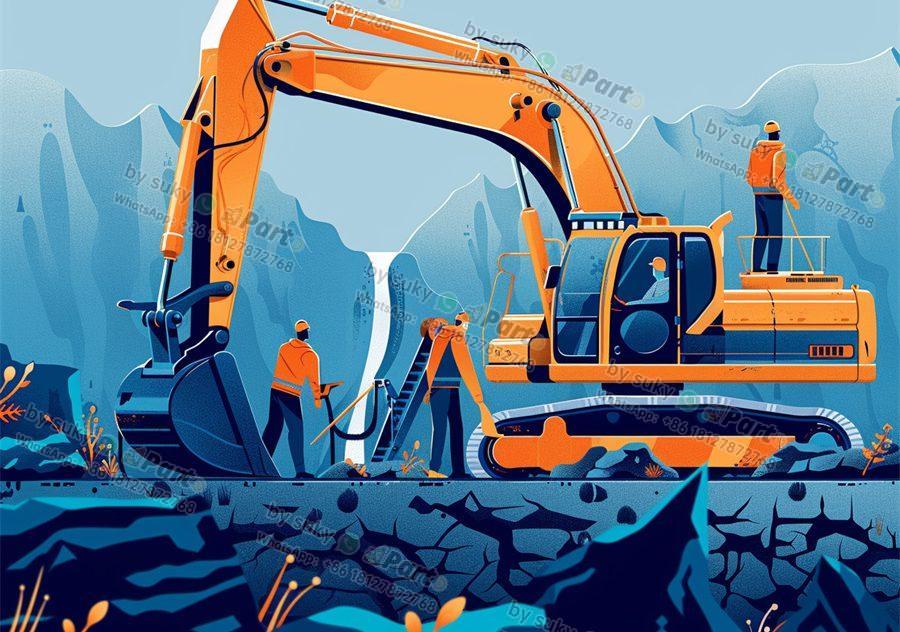Caterpillar is a well-known brand in the heavy equipment industry, providing a wide range of machinery for construction, mining, and agriculture. As an importer or distributor of Caterpillar parts, it is crucial to have a good understanding of the different body parts that make up these powerful machines. In this article, we will explore the various Caterpillar body parts in Spanish to help you better communicate with your suppliers and customers.
Engine Parts (Partes del motor)
One of the most important components of a Caterpillar machine is its engine. Engine parts such as pistons (pistones), cylinders (cilindros), and fuel injectors (inyectores de combustible) are essential for the proper functioning of the equipment. It is important to ensure that these parts are in top condition to maintain the performance and efficiency of the machinery.
Hydraulic System Components (Componentes del sistema hidráulico)
Caterpillar machines rely heavily on their hydraulic systems for various functions such as lifting, digging, and steering. Hydraulic system components like hoses (mangueras), pumps (bombas), and cylinders (cilindros) are critical for the operation of the equipment. Regular maintenance and inspection of these parts are essential to prevent breakdowns and ensure the smooth operation of the machinery.
Undercarriage Parts (Partes del tren de rodaje)
The undercarriage of a Caterpillar machine consists of various components that support the weight of the equipment and provide traction on different terrains. Undercarriage parts such as tracks (orugas), rollers (rodillos), and sprockets (piñones) are crucial for the mobility and stability of the machine. Monitoring the wear and tear of these parts is essential to prevent costly repairs and downtime.
In conclusion, having a good understanding of the various Caterpillar body parts in Spanish is essential for importers and distributors of heavy equipment parts. By familiarizing yourself with engine parts, hydraulic system components, and undercarriage parts, you can better communicate with your suppliers and customers, ensuring the efficient operation of Caterpillar machinery. Stay informed about the latest developments in Caterpillar parts to stay ahead in the competitive heavy equipment industry.








